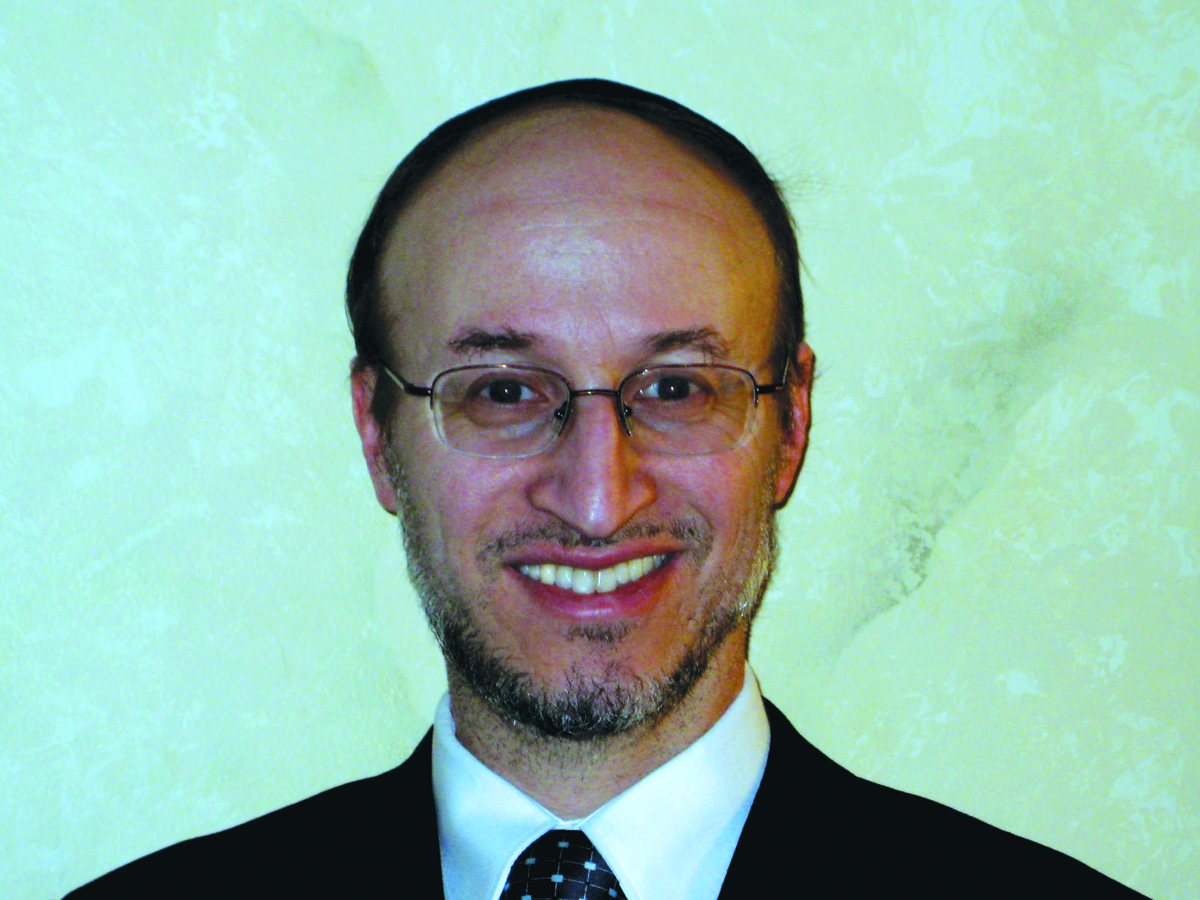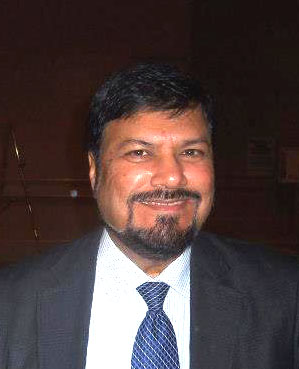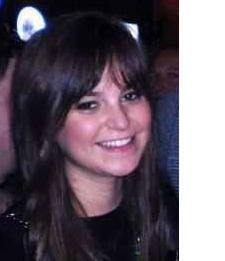People

Dr. Roth is the PI. He is a Professor with Tenure, and Chief of Neuroanesthesia in the Department of Anesthesia and Critical Care, a member of the Committee on Neurobiology, and the Committee on Molecular Medicine. More biographical information is here.

John Dreixler, PhD, a Chicago native, is a Research Associate. A highly trained molecular neurobiologist, John has been responsible for development of the most complex tasks and methods that we use in the lab, and has been first author on numerous publications coming out of the lab.

A highly experienced technician, Shaikh is involved in every aspect of the projects in the lab.

Sineadh Conway, BS, a Chicago native, is a recent graduate of Arizona State University’s Honors College, a Research Technician, and a new addition to the lab. She is largely involved in imaging and running the complex analysis scheme for studying visual neurophysiology, but is quickly becoming skilled in every other aspect of the lab.
Isaac Parakati is a fourth year undergraduate at the College of the University of Chicago. Isaac spent two summers in the lab and manages to work part time during the very demanding school year at the University. Besides developing expertise in data analysis, Isaac’s imprint can be seen very clearly on this website.
Publications
Find us: Room I-423, Brain-surgery Building on Ellis, University of Chicago Medical Center
Phone: 773-834-9081